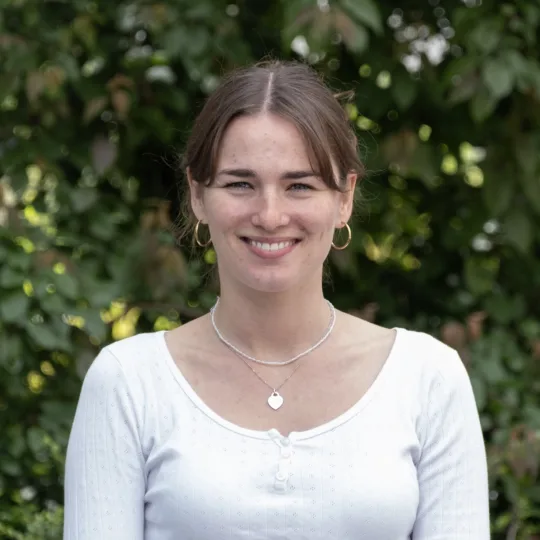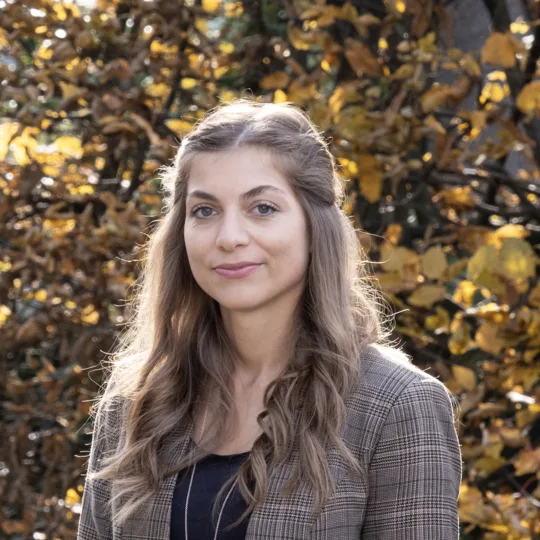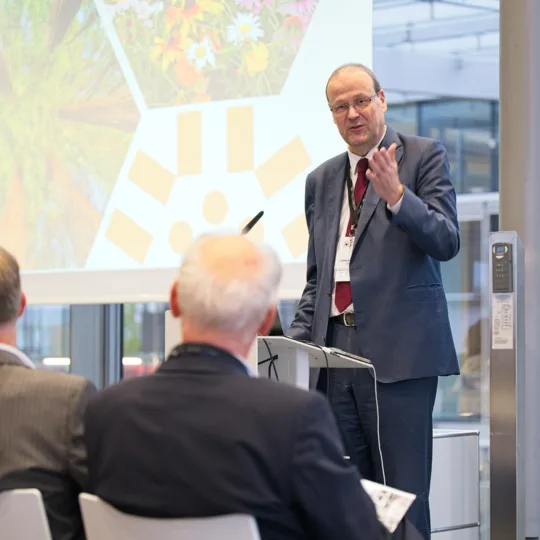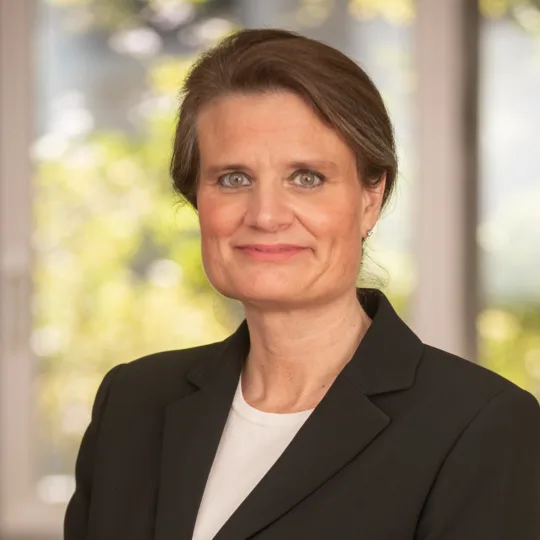Fresh impetus for research cooperation with South Africa
In September, Martina Hirayama, State Secretary for Education, Research and Innova-tion (SERI), visited South Africa with a scientific delegation. The purpose of the trip was to strengthen existing ties in education, research and innovation and to open up new avenues for cooperation.
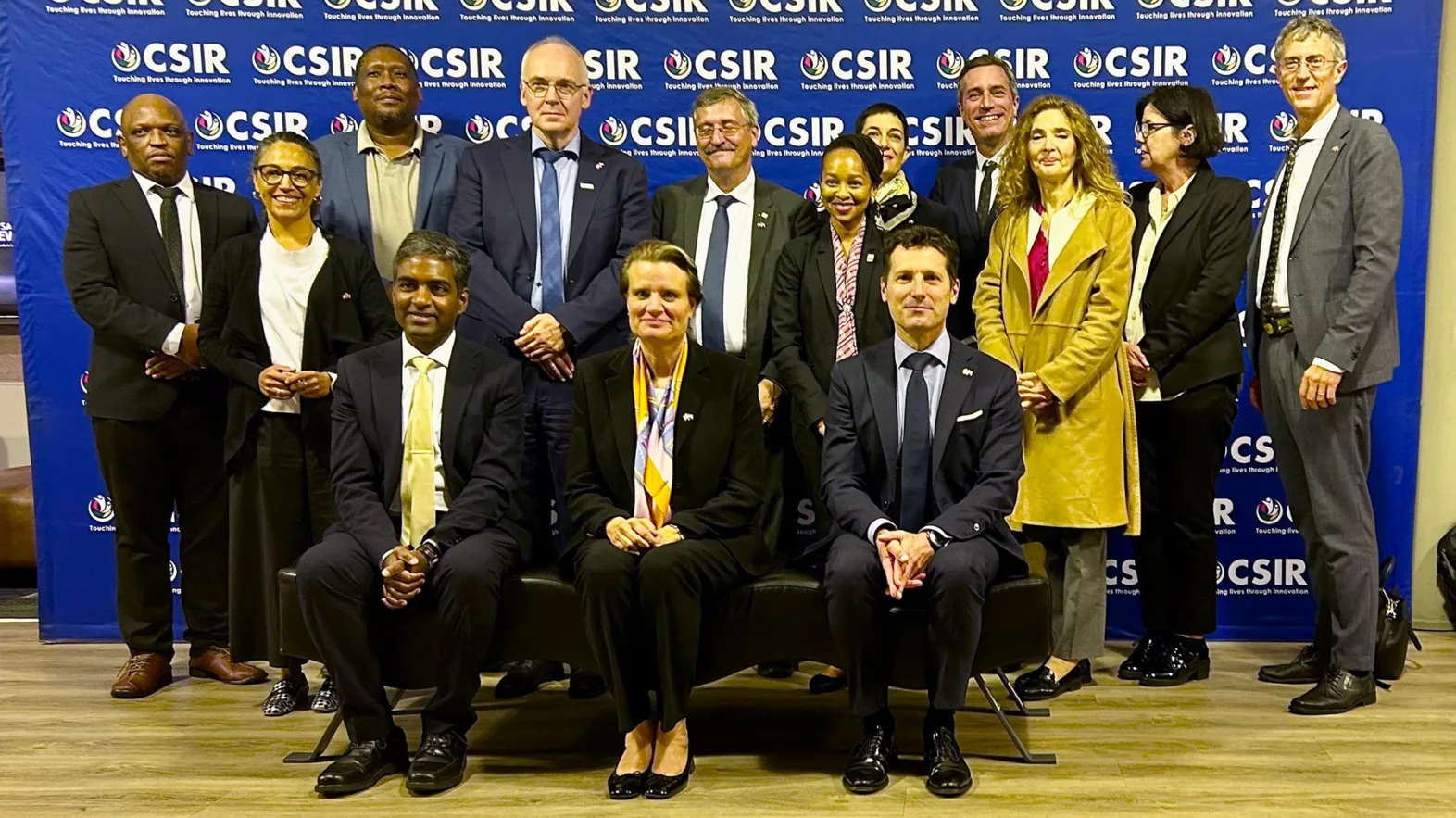
South Africa is regarded as the leading hub for research on the African continent. With its internationally recognised universities, numerous research institutes and a dynamic innovation ecosystem, the country is an important partner for Switzerland. Close bilateral cooperation in research and innovation has existed for many years, supported by the Swiss Leading House for Africa, the Swiss National Science Foundation (SNSF) and Swiss Government Excellence Scholarships, among others. This collaboration is based on a scientific and technological cooperation agreement signed in 2007.
Discussions with government and research partners
During the visit, State Secretary Hirayama held bilateral talks with senior policymakers and leading researchers. These included meetings with South Africa’s Minister of Higher Education and Training, Buti Manamela, and a high-level delegation from the Department of Science, Technology and Innovation. The State Secretary and her scientific delegation also engaged with representatives of the National Research Foundation (NRF) and the Technology Innovation Agency (TIA). The aim of these discussions was to identify opportunities to deepen cooperation, both bilaterally and within multilateral frameworks.
One of the key moments of the visit was the signing of a Memorandum of Agreement between South Africa’s Technology Innovation Agency, the National Research Foundation and the Swiss Leading House for Africa. The agreement reaffirms the shared commitment to jointly promote, further develop and finance instruments for research and innovation cooperation.
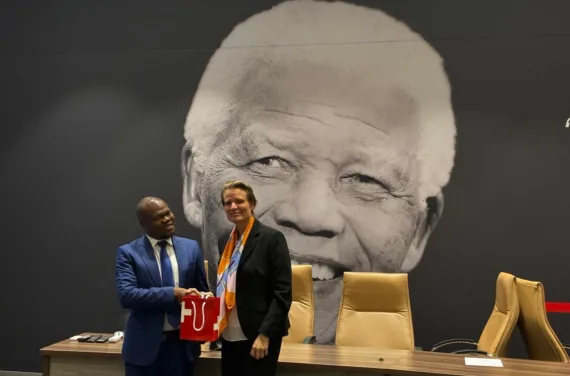
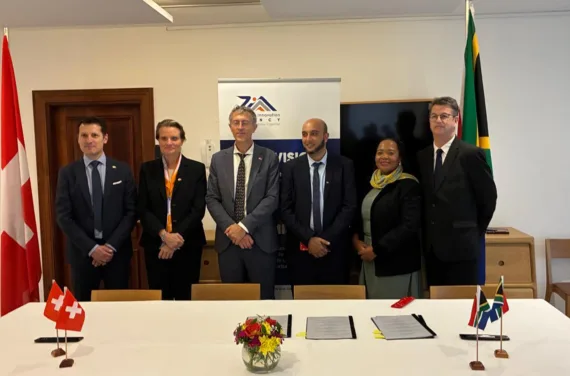
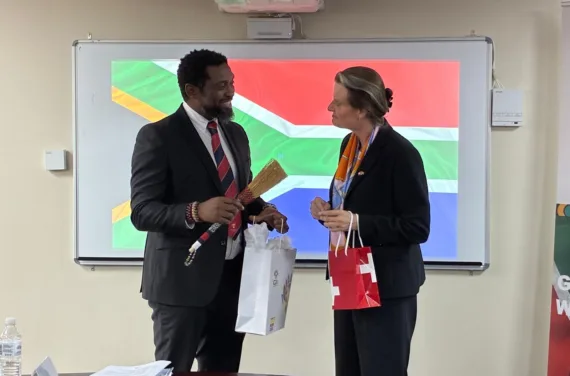
Gaining insight into South Africa's research landscape
The Swiss delegation visited several universities and research institutes, including the University of Cape Town, Stellenbosch University, iThemba LABS and the Council for Scientific and Industrial Research (CSIR) in Pretoria. These visits gave the delegation insight into current research priorities – from astronomy and biomedicine to nuclear and materials research, energy and environmental technologies.
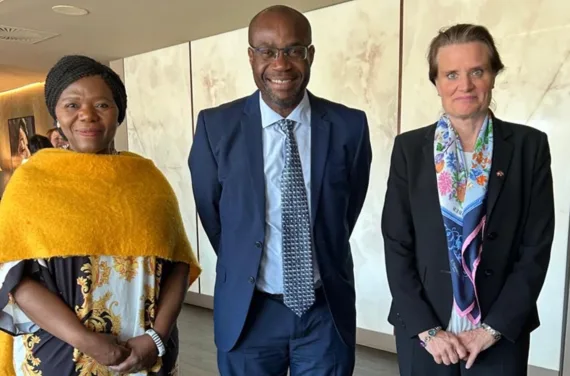
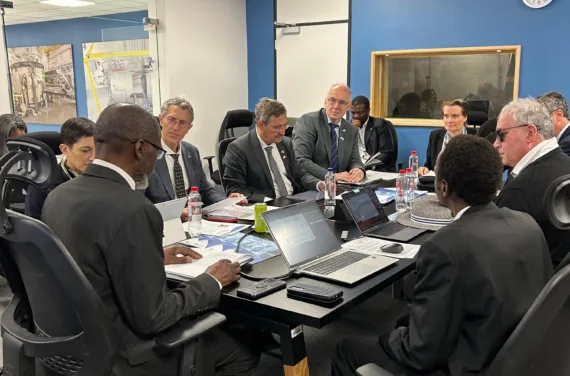
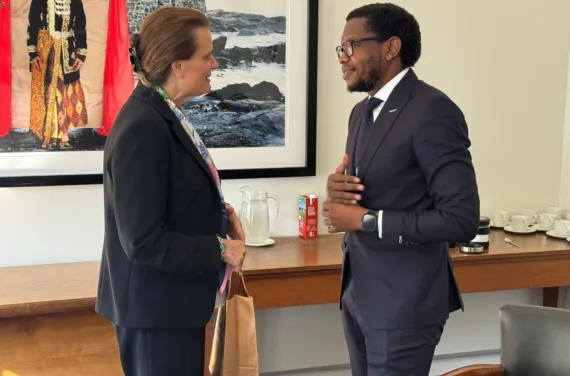
Joint commitment to international networks
In addition to bilateral exchanges, multilateral cooperation within international research structures was also a focus of the visit. While in South Africa, Martina Hirayama attended a meeting of member countries of the Square Kilometre Array Observatory (SKAO). Currently under construction, this radio telescope will have one antenna site in South Africa’s Karoo Desert and another in the Western Australian outback. Ministers discussed the status and future of this major research facility and reaffirmed their continued joint commitment.
The visit demonstrated how South Africa and Switzerland can combine their scientific strengths. Targeted exchanges create fresh impetus for joint projects and foster sustainable networking within the global research system.
Swiss Leading House Africa
Swiss Leading House Africa operates on SERI’s behalf and is managed by the Swiss Tropical and Public Health Institute (Swiss TPH) in collaboration with the University of Basel. Its main objective is to strengthen research and innovation partnerships between Switzerland and African countries.
Contact
Author
